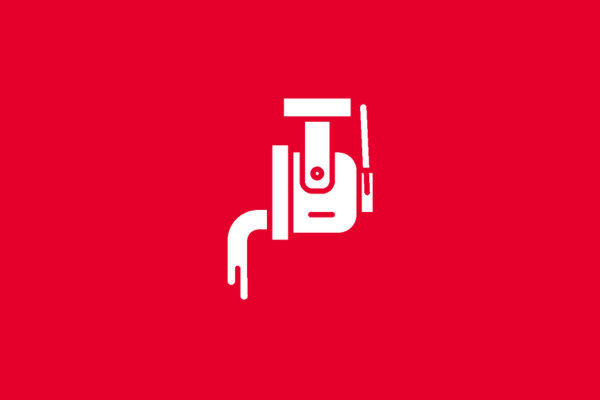1. The historical development of the production of iron. Current status and perspectives of the production of pig iron.
2. Requirements for individual components of the blast furnace charge. Functions of blast furnace coke. The degradation of coke in the blast furnace. Technology of production of sinter, pellets, briquettes.
3. Loading blast furnaces, Bell and bell-less topcharger. An counter current of charge and gas in the blast furnace. External, internal and regular blast furnace working.
4. Injection of gaseous, liquid and solid alternative fuels into hearth of blast furnace. Blast-furnace wind, moistening, wind enrichment with oxygen.
5. Blast furnace irregularities. Hot working and cold working of blast furnace. Scaffods in the blast furnace.
6. Technical-economic indicators work of blast furnaces. Products of blast furnace production. Tapping of liquid products of the hearth.
7. Environmental aspects of the production of pig iron. Waste recycling options in the blast furnace.
8. Carbon flow in the integrated steel works; decrease in coke rate, CO2 emissions, renewable energy.
9. Modification of blast furnace to low carbon; natural gas, hydrogen, COG, biomass.
10. Basics of alternative ironmaking technology. Smelting reduction. Direct reduction.
11. Hydrogen-based reduction technologies in low-carbon sustainable ironmaking; hydrogen metallurgy, opportunity and challenges for hydrogen metallurgy.
2. Requirements for individual components of the blast furnace charge. Functions of blast furnace coke. The degradation of coke in the blast furnace. Technology of production of sinter, pellets, briquettes.
3. Loading blast furnaces, Bell and bell-less topcharger. An counter current of charge and gas in the blast furnace. External, internal and regular blast furnace working.
4. Injection of gaseous, liquid and solid alternative fuels into hearth of blast furnace. Blast-furnace wind, moistening, wind enrichment with oxygen.
5. Blast furnace irregularities. Hot working and cold working of blast furnace. Scaffods in the blast furnace.
6. Technical-economic indicators work of blast furnaces. Products of blast furnace production. Tapping of liquid products of the hearth.
7. Environmental aspects of the production of pig iron. Waste recycling options in the blast furnace.
8. Carbon flow in the integrated steel works; decrease in coke rate, CO2 emissions, renewable energy.
9. Modification of blast furnace to low carbon; natural gas, hydrogen, COG, biomass.
10. Basics of alternative ironmaking technology. Smelting reduction. Direct reduction.
11. Hydrogen-based reduction technologies in low-carbon sustainable ironmaking; hydrogen metallurgy, opportunity and challenges for hydrogen metallurgy.
